Groenewoud (NL)
Les Dossiers synthétiques et d'enjeux sont disponibles gratuitement.
Merci de vous inscrire et vous connecter pour accéder au Dossier complet de site.
- Dossier synthétique EN
- Dossier d’enjeux EN
- Le site sur Google Maps
- Retour à la carte
Données synthétiques
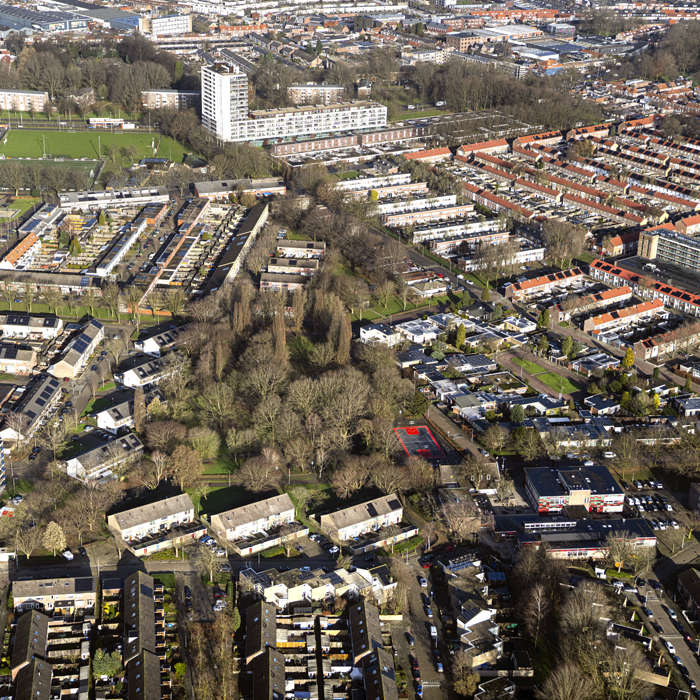
GROENEWOUD (NL)
Scales L/S
Team representative Architect, urbanist and landscaper
Location Groenewoud,Tilburg
Population City 217, 259 inhabitants
Reflection site 37,5 ha - Project site 5,85 ha
Site proposed by Municipality of Tilburg
Actors involved Municipality of Tilburg
Owner(s) of the site Municipality of Tilburg
Commission after competition Follow up design (or research by design) assignment on implementation at the pro- ject site (or a site with similar challenges) commissioned by the municipality of Tilburg and/or private partners. All Dutch locations are situated in the urban region called SRBT. The SRBT is an urban regional network of 1 million inhabitants. Each sites represents prototypical design challenges within this region.
Information complémentaire
Inhabited milieu's challenges
Groenewoud is a typical post-war working-class neighbourhood with close family relationships but also social challenges such as inequality, health problems and social segregation. From the Municipality of Tilburg, there is a city-wide densification task of 25,000 housing units. These homes must land within the city limits to spare the valuable outdoor area and strengthen the existing city. For Tilburg South, this means realizing approximately 2,000 homes between the Ringbaan Zuid and the A58 freeway.
Groenewoud now contains mainly ground-level housing (81%), 60% of which is rented. More than half of the housing in the neighbourhood is corporation-owned (social rent), and a high percentage of households in the social minima category (14%). Due to demographic trends, there is demand for new housing typologies for one/two-person households, starters, seniors.
For the reflection area, the overall task is to Densify, Differentiate, Build on what quality already exists, and Provide decent housing. The area is under strong pressure (health, educational disadvantages, poverty) and that there is little social cohesion. The Europan participation is expected to contribute to more collectivity in the neighbourhood, strengthening social structures and liveability, enriching the existing housing stock by adding mixed housing typologies and realise new realtions to and uses for the green public space.
A fitting home for new and existing residents in quality green neighbourhoods.The present mature greenery can be used as spatial quality; from a green structure that divides to real living together in a forest, bringing together the best of city and landscape.
Questions to the competitors
Conceptualize and redesign a garden suburb in which a strong existing green character is re-thought and create and translate spatially to the Garden City of the Future.
Propose urban design plan, reorganizing the position of housing and school within the project area to signify the wider transformation and bring recognition and new identity for Groenewoud district as a whole.
Design new typologies for affordable and sustainable homes while reconfiguring the framework of Groenewoud, taking advantage of the surrounding dormant greenery to create a high-quality living experience.
How can innovative housing typologies and high-quality architecture be introduced though a thoughtful, collaborative process between local residents and housing associations?
At the scale of reflection area, redesign the existing green areas which act as barriers between neighbourhoods to become a network that connects the community and encourages its use by residents? Propose extensive ecological strategies to transform the mono functional green framework into an ecological thriving nature.
Propose shared spaces, gardens and programs that foster a sense of community and encourage social connections among residents, while also translating the ideologies of community living.
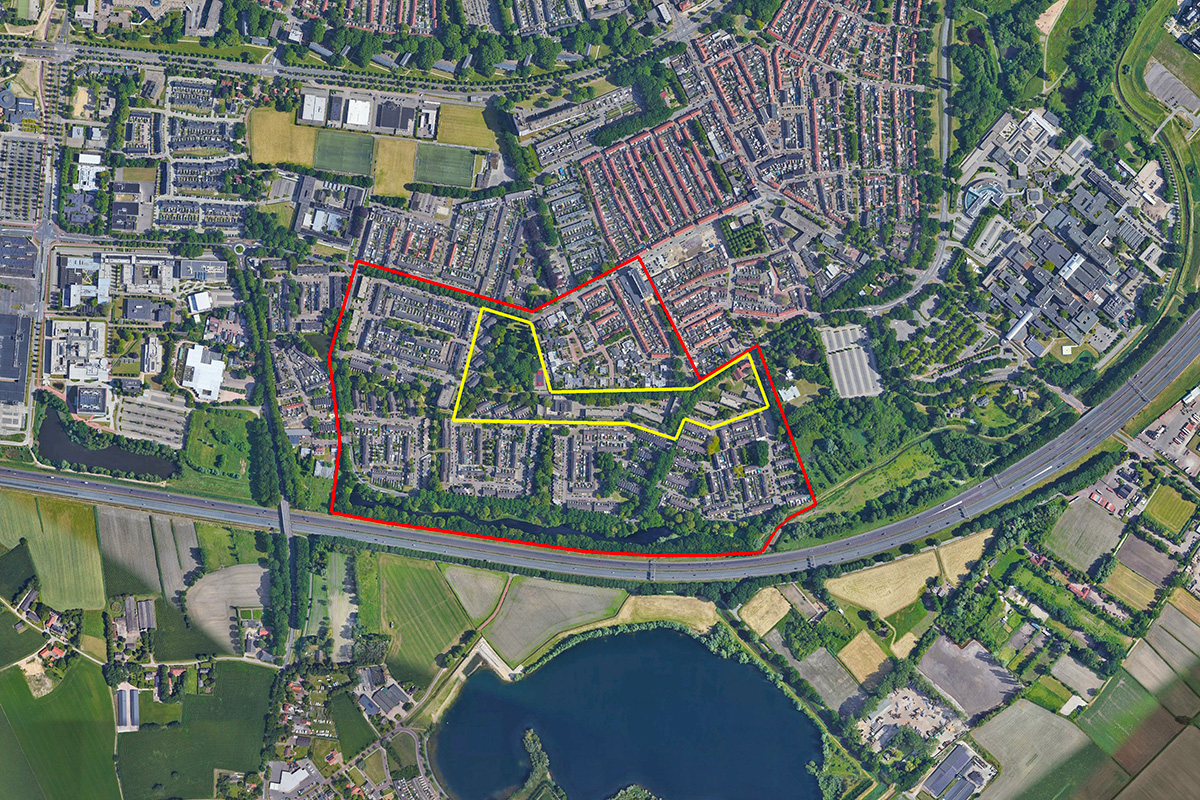
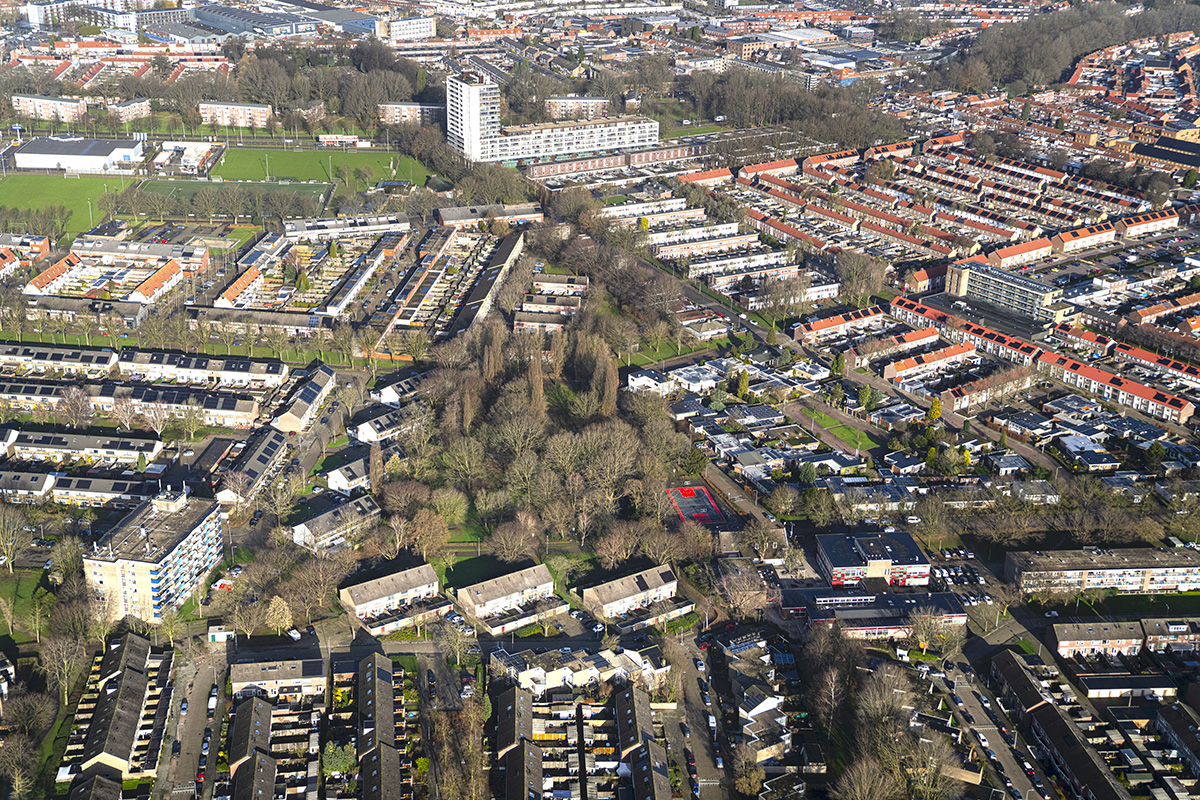
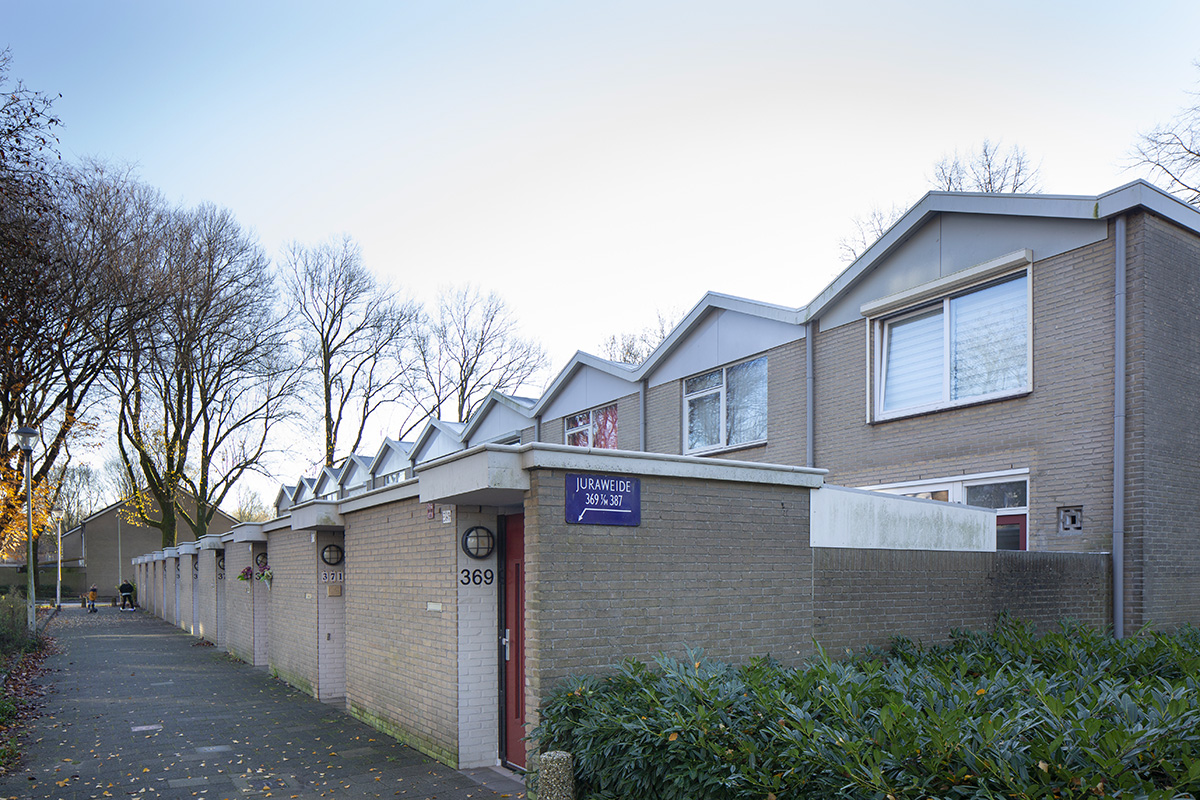
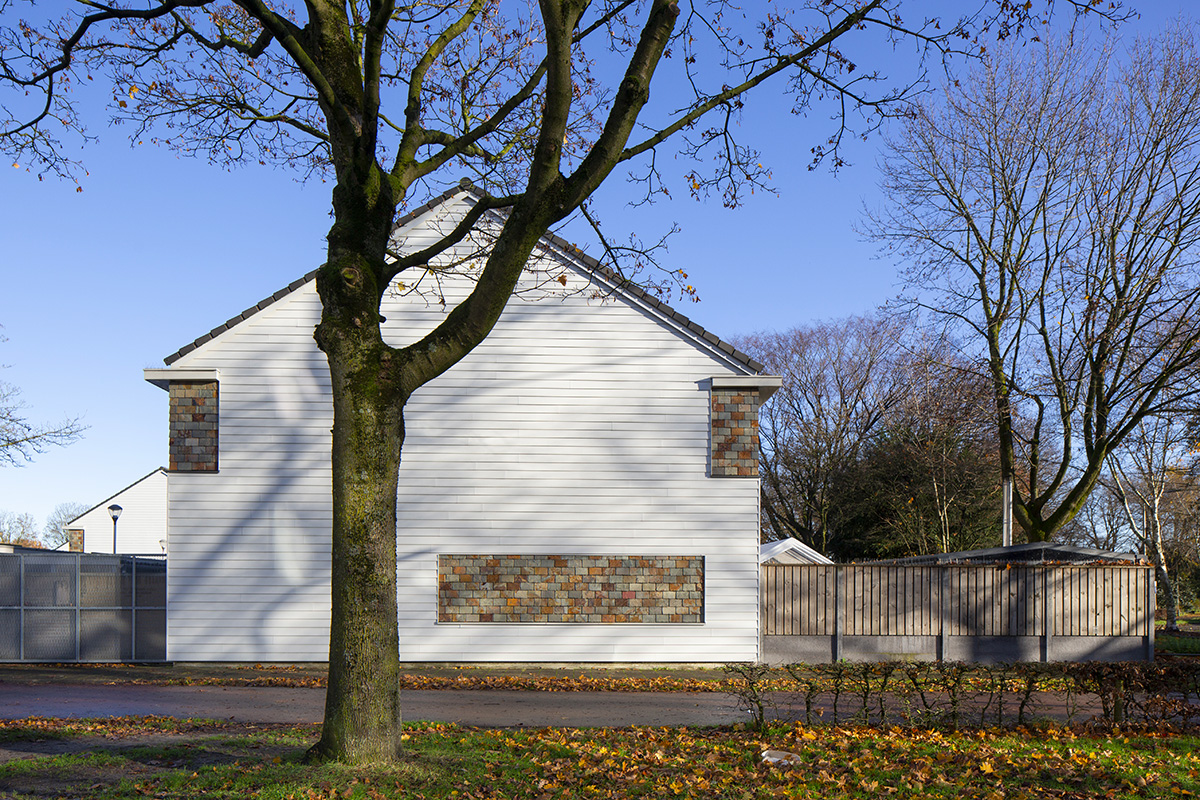
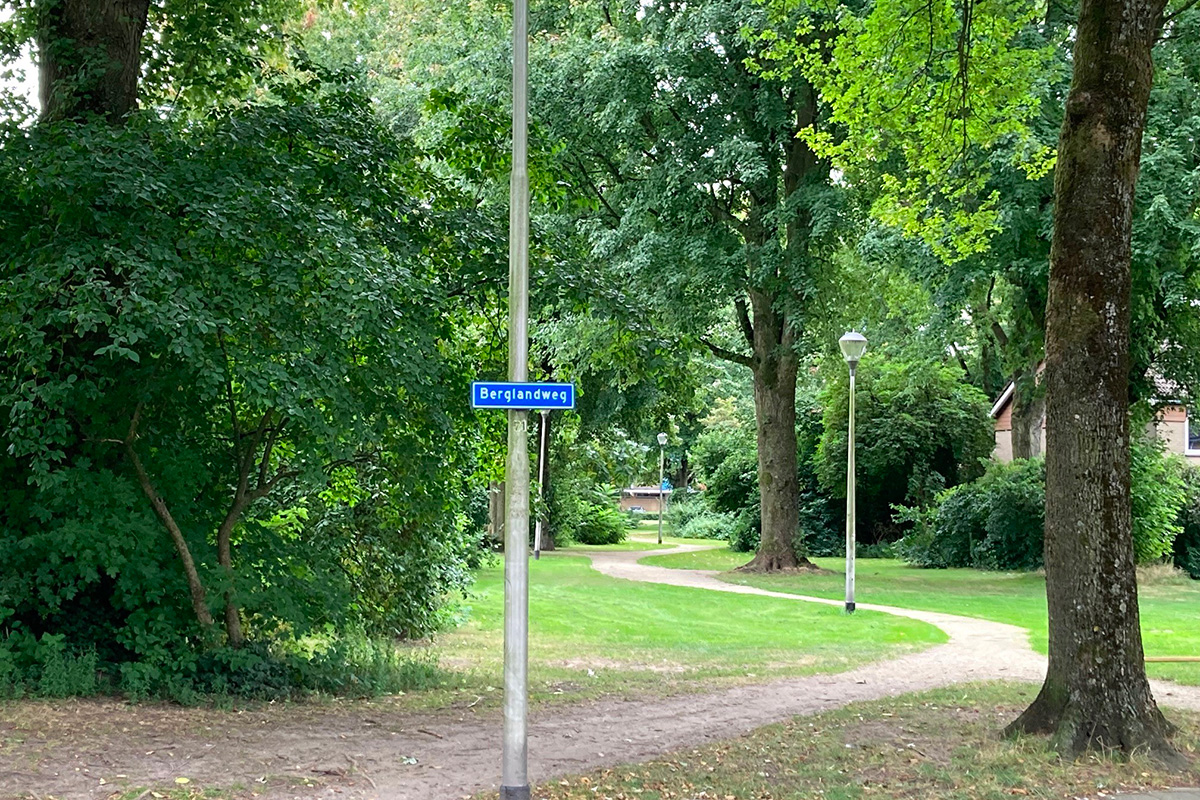
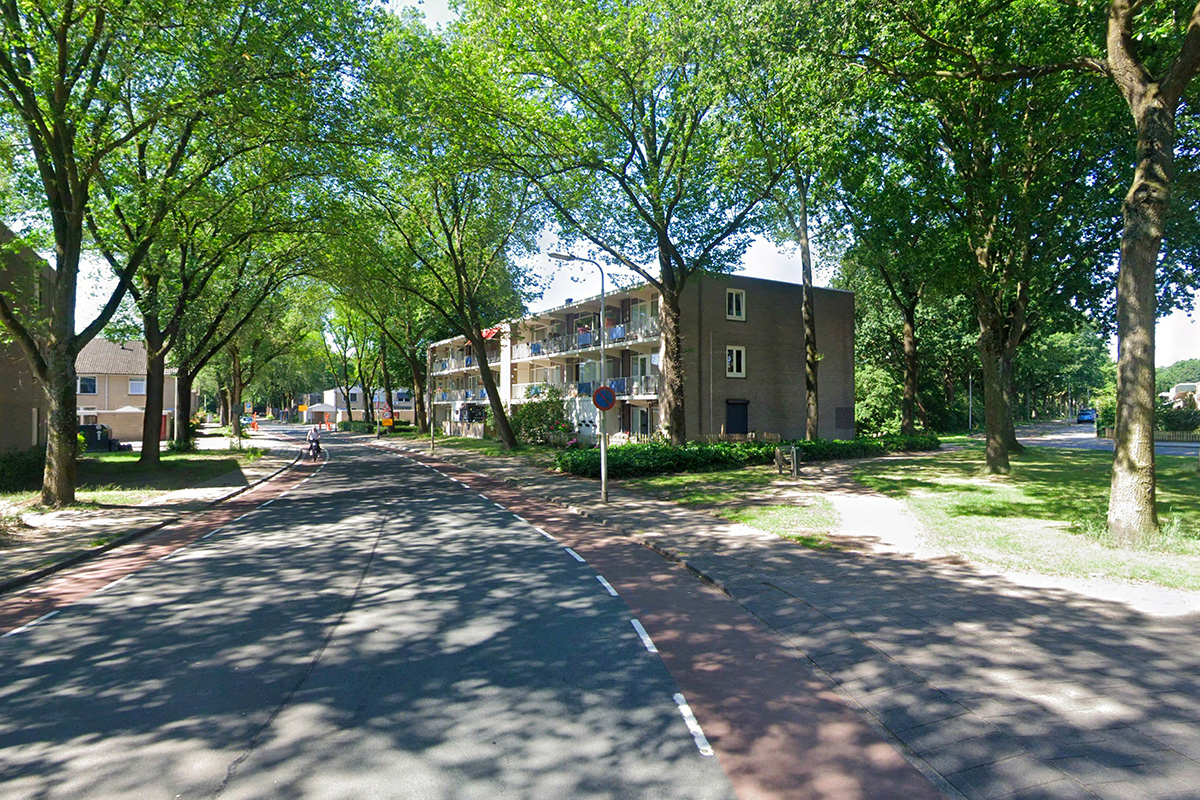
Questions à propos du site
The site brief is a bit ambiguous on the differentiation of challenges between reflection site and project site. For both there is the demand to densify, differentiate, redesign green areas and propose decent housing. Can it be specified more precisely what exactly the differentiation of reflection and project site is?
The reflection site is the expansion of Groenewoud in the same period of time with the same school of thought (Bloemkoolwijk-concept), which consists of a similar spatial pattern of multiple neighbourhoods around the central Silvrettapark with robust green corridors in between. It can be seen as part of the neighbourhood with the same identity and social and spatial challenges. The project site is selected due to the fact that different spatial challenges come together in this specific area, such as the interaction between the green structure/ecology and the neighbourhood/culture, opening up the neighbourhoods and housing typology both physically and socially, the relationship with the elementary school and the public park, the differentiation between the row houses and apartment blocks, unlocking the green potential and possibility for densification and differentiation etc. Also, the housing stock is owned by a social housing corporation and they are re-thinking the sustainability of this housing stock. Given the fact that there is just one owner increases the feasibility of the implementation of the design idea(s).
Dears, Is there the chance to have the groundfloor plan (or any other documents about the inner space) of the houses and school on the plot? Thank you.
Yes, the new file can be found in the '0-New_Docs_after_Launch' folder.
Attached the designs for the apartment blocks and row houses. The school is not available for public use.
Le site est lié au thème suivant
LAISSEZ LES OISEAUX CHANTER ! Imaginer l'espace public comme un paysage biodiversifié. Imaginer l'espace public comme un sol, comme la preuve que YES, WE CAN – à travers le design – relever les défis posés par la crise due au changement climatique, en termes de questions sociales et environnementales. Imaginer l'espace public comme un agent d'inclusion des différences, à la fois en termes d'humains et de non-humains, et comme un médiateur entre les nouvelles interdépendances. Imaginer les sols, les plans d'eau, les rivages et les corridors écologiques comme les acteurs principaux pour guider des processus de transformation complexes.
Réinventer l'espace public comme paysage de biodiversité
Sur les sites suivants, l'espace public est le lieu où se développe le thème des Villes vivantes.
Documents spécifiques
Questions à propos du site
Pour pouvoir poser une question, vous devez être connecté (et, par conséquent, inscrit au concours).
Ve. 2 Juin 2023
Date limite de soumission des questions
Ve. 16 juin 2023
Date limite de réponses aux questions
Avant de soumettre votre question, assurez-vous qu'elle n'apparaît pas déjà dans la FAQ.
Merci de poser vos questions sur les sites dans le menu Sites.
Merci de poser vos questions sur le règlement dans le menu Règlement.
Si votre question ne reçoit pas de réponse dans les 10 jours, merci de vérifier qu'elle ne figure pas dans la FAQ sous un autre intitulé ; sinon, contactez le secrétariat concerné par email (secrétariats nationaux pour les sites, secrétariat européen pour le règlement.)